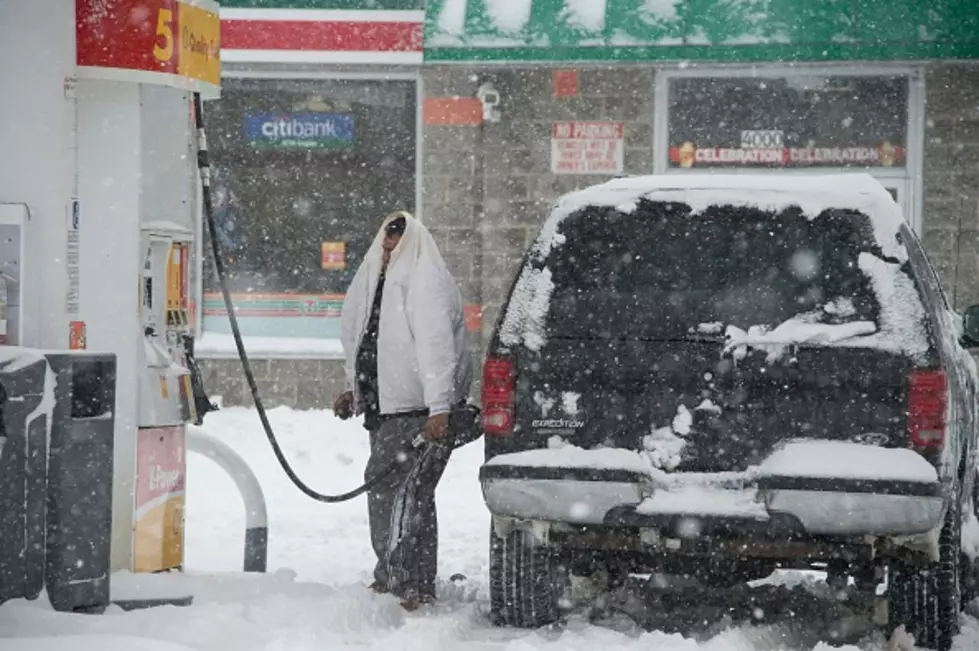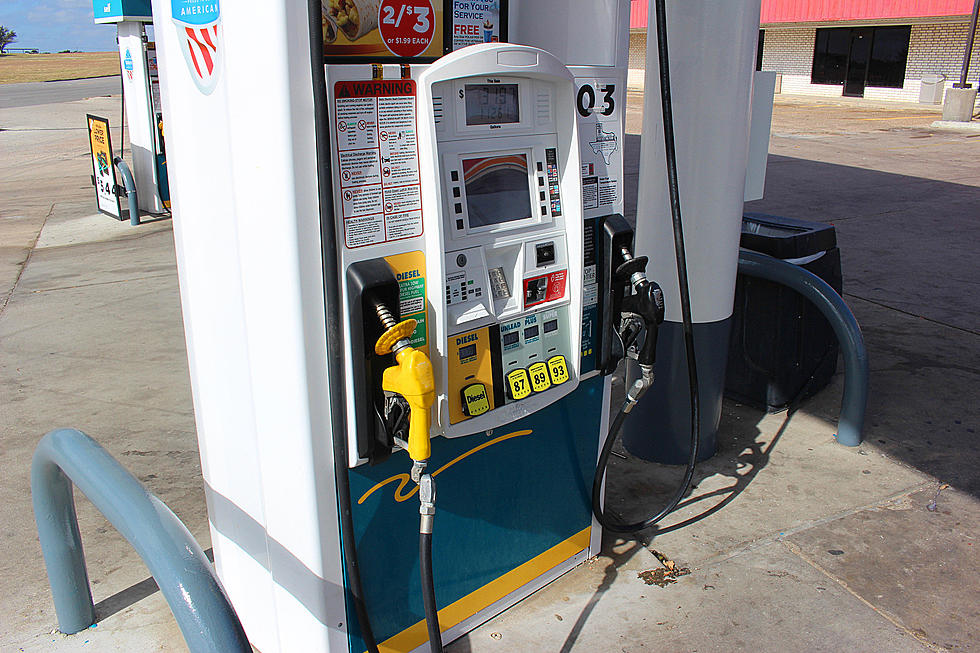
Ethanol – Is it Decreasing Your Gas Mileage?
Over the past year our area has seen a transformation when it comes to ethanol blended fuels hitting our gas stations. A few years back you might have seen pumps at a few stations labeled with a "Contains 10% Ethanol" sticker, but now it has become the majority. There is obviously a significant shift but what exactly does it mean for the consumer?
I myself have noticed that some of the stickers at the pump also say the gas is oxygenated to reduce emissions to put a positive spin on the change over. In fact Consumer Reports found that in E85 blended gasoline there was a "significant decrease in smog-forming oxides of nitrogen". E85 is actually composed of 85% ethanol and 15% traditional gasoline and can only be used in Flex-Fuel vehicles. The blends that we are seeing in town are E10, which is a blend of 10% ethanol and 90% gasoline. There is obviously a big difference between the two fuels, but in Consumer reports test of E85 they found that using the E85 fuel caused a drop from 21 MPG to 15 MPG highway and 9 MPG to 7 MPG city when testing with a Chevy Tahoe. You can look at all the test result from acceleration to emission and mileage at the Consumer Reports Website.
The mileage results seem to be pretty clear for E85 blend of fuel, but what about the E10 mixture that is becoming so popular? The New York Times has reported that the switch over to blended fuel is due to a government mandate that a certain amount of biofuels be mixed into America's fuel supply by 2022 and that in Oaklahoma some fueling station are using 100% gasoline as a big selling point. Obviously not everyone is a believer in the new ethanol blends of gasoline. In the past I have actually specifically been told by dealerships not to buy gasoline with ethanol in it because it is not as good for the vehicle and that it decreases mileage, but what is the truth? From the E85 test it is logical to assume that you will also see a decrease in mileage with E10 gas but to a lesser extent. A study by the American Coalition for Ethanol found that E10 yields a 1% to 2% drop in fuel economy, which if true is rather neglidgible. However I question studies backed by an obvious bias when their goal is to promote the use of the fuel and many of the studies are supported by ethanol supporters, which makes it hard to find a clear answer. Fortunately we also found rumors that an independent study by the University of Iowa showed the decrease in fuel economy was closer to the 4% to 5% range on average and other sources claim and even greater drop in MPG. However there are a number of other factors that play into a car's fuel economy like seasonal blends of gasoline and overall temperatures; a car will normally see its best mileage in warmer weather so it can be hard to judge which factors play the biggest role in your MPG calculation. In the end there are obviously some negative effects from E10 fuel but they may actually be fairly negligible when you consider that E10 is helping to reduce both emission and our dependence on foreign oil. As for me I will still be choosing good old 100% gasoline if I can find it because I believe there are adverse effects aside from decreased mileage, but I am willing to settle if I have to drive way out of my way to find 100% good old gasoline.
As a side note you can alway check out the cheapest gas prices in the Laramie area on our Lowest Gas Prices page. However I almost always find that the cheapest price in Laramie is at the Gasamat on south third street even if they do carry the E10 ethanol blend.
More From KOWB 1290









